What’s That Smell? 5 Side Effects of Uncleaned Ductwork
ectsOur homes should provide a healthy barrier from the onslaught of industrial chemicals and pollutants in the outdoor atmosphere. Nature throws in her fair share of air contaminants as well. Surprisingly, the air quality in our homes can be worse than that outside, and our home HVAC is often implicated. So, if you’re wondering, what’s that smell? See these five side effects of uncleaned ductwork and how to fix the problem.
1. Live and Kicking in Your Ductwork
Well-sealed ducts shouldn’t house live animals and insects, but nature is always enterprising and will breach any weak spots. Over time normal wear and tear, particularly around joins, will result in gaps forming and small holes opening, and if not attended to, parts of the ductwork may collapse.
Rodents, including mice, rats and squirrels, and all types of creepy crawlies, find shelter within ductwork that’s preferable to facing inclement weather outdoors. So they will take up residence, and it doesn’t take long for their droppings, urine, dander, and fur to emit unpleasant smells. And let’s not talk about the bacteria accompanying these by-products, producing intense odors from uncleaned ductwork.
A thorough professional cleaning is needed to get rid of these unwanted guests and their accompanying smells.
2. Natures Air-Borne Contaminants in Ductwork
The air outdoors always contains a concentration of allergens and pollutants, particularly in spring and summer. Mold, fungi, and pollen spores can easily lodge within your ductwork, particularly if the air filters are dirty and there is persistent dampness within the air ducts. These tiny outdoor pollutants only need an open door or window to make their way indoors.
A sign that you may have a high spore level in your HVAC is if family members are sneezing, coughing, or suffering from asthma when the cooling or heating is operating. Annual inspection and cleaning will help reduce any allergens residing in the system. In addition, special bio-sprays or bleach and other disinfectants may need to be used to kill off the spores permanently.
Another indicator of mold and mildew residing in the ductwork is a musty, earthy scent and the visible presence of black spots around vents.
3. Damp and Moisture in Air Ducts
Dank water, dampness, mold, and bacteria growth go hand-in-hand. There are several reasons why moisture can accumulate in the ductwork and cause issues. A leaking roof, damaged pipes, and condensed water vapor from air conditioner coils are all common ways that moisture gets into the air ducts.
Bacterial contaminants in ductwork flourish when stagnant pools of moisture form. Legionella is a dangerous bacteria that causes pneumonia in susceptible people. Outbreaks of this disease are regularly traced back to air conditioning systems.
A hint that you may have bacteria in the HVAC are musty, dank odors, sometimes described as being like dirty socks.
4. Noxious Gasses Spell Trouble
If you’re getting a smell reminiscent of exhaust gasses, Sulphur, or a combination of burnt matches with vinegar overtones, don’t go sticking your nose into this problem. These odors mean that noxious fumes are moving through the air ducts. The fumes usually occur due to damage or failure of internal components. For example, this can happen when a heat exchanger unit in the HVAC has cracked, and toxic gas is released directly into the air ducts instead of venting outside.
Carbon monoxide, the odorless, colorless, deadly gas, may accompany the other noxious by-products generated in the HVAC. Likewise, a partially blocked flue can result in toxic fumes being backed up into the HVAC and distributed through the ductwork.
Any problems with gas leaks require emergency assistance from HVAC technicians. Never attempt to fix this yourself.
5. Dust Off Odors from Uncleaned Ductwork
Sometimes getting rid of persistent smells from the HVAC is a pretty simple fix. If you smell dust, it’s probably just that — dust and dirt particle contaminants in ductwork. If it’s been a while since the dust filters were replaced, now’s the time to do exactly that. Heavily used heating and cooling systems should have the air filters changed every 90 days or so. This is an easy DIY job, so there are no excuses for this particular lingering odor.
Get Rid of Ductwork Odors with Professional Cleaning
Besides looking after all your fireplace and chimney cleaning needs in Northern Virginia, Six Penny Chimney also provides expert air duct cleaning services. So if you’re experiencing side effects or odors from uncleaned ductwork, request a quote or service, and we will get right back to you. We’ll quickly banish those bad smells from your home.

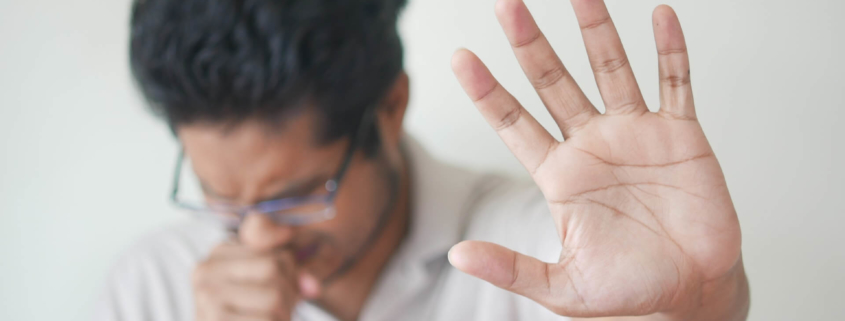
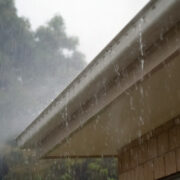
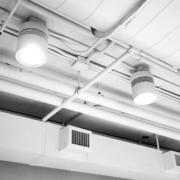
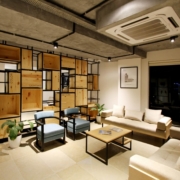
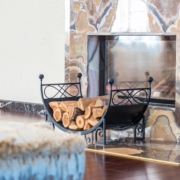
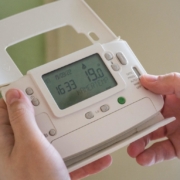
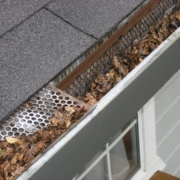
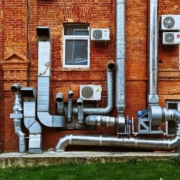
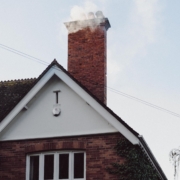


Leave a Reply
Want to join the discussion?Feel free to contribute!